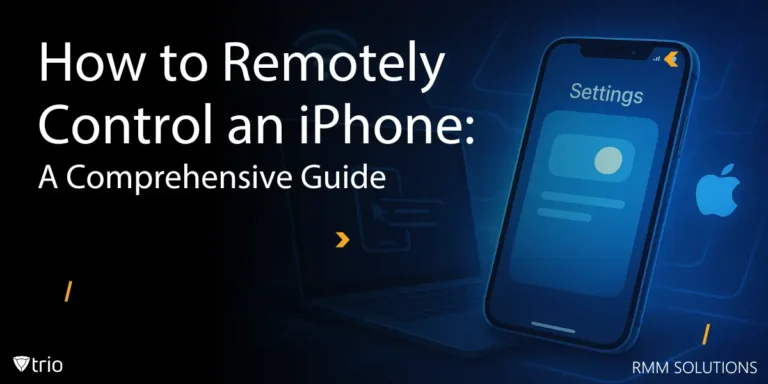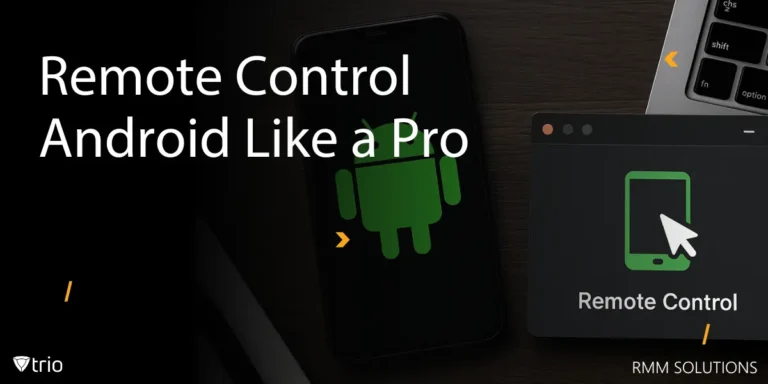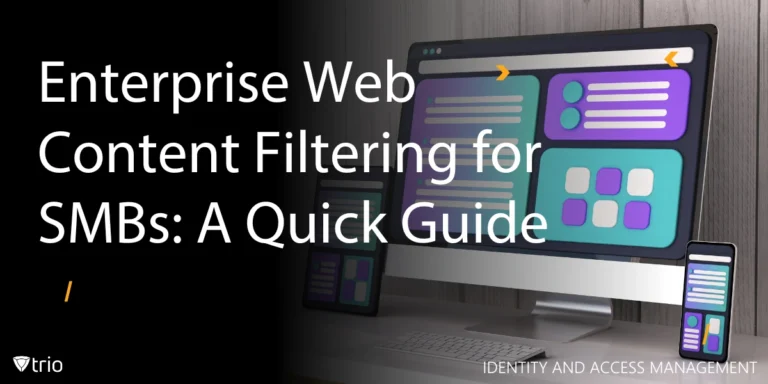In the complex ecosystem of modern business, the term GRC meaning or Governance, Risk, and Compliance, has taken center stage. This comprehensive guide aims to demystify what GRC stands for and why it's indispensable in today's tech-driven world.
What Does GRC Stand for?—Understanding GRC Meaning
To begin with, let's uncover the GRC meaning. It is an acronym for Governance, Risk, and Compliance. GRC is a strategic methodology employed by organizations to align their IT operations with business objectives, manage potential threats effectively, and comply with relevant legal and industry regulations.
GRC is not just a jumble of isolated concepts but a unified discipline. It's an integrated approach that ensures business processes, decisions, and strategies are aligned with the organization's objectives while keeping in check potential risks and ensuring regulatory adherence.
Significance of GRC in Business
In the realm of business, GRC carries immense significance. With the rapid evolution of technology and an ever-increasing array of risks, adhering to a robust GRC program has become a strategic imperative for organizations.
A well-executed GRC strategy brings about numerous benefits, including improved decision-making, optimized IT investments, elimination of organizational silos, and a decrease in fragmentation among various divisions within the business. Therefore, GRC is not just about staying compliant and managing risks; it's also about aligning operations with business goals and propelling the organization towards sustained success.

Components of GRC
GRC is composed of three crucial elements, each having its own objectives and processes:
Governance: It involves setting procedures, actions, and policies to fulfill the organization’s objectives. Governance ensures that the organization's activities align with business goals while adhering to established GRC risk parameters, and governance risk and compliance system requirements.
Risk: This component is about identifying and managing risks that could affect organizational objectives and operations. Effective risk management involves identifying potential threats and implementing strategies to mitigate them.
- Related Article: The Essentials of IT Risk Management: All You Need to Know
Compliance: Compliance ensures adherence to legal, regulatory, and internal policy requirements. It helps to avoid penalties and maintain a good reputation. Compliance can streamline operations, increase profits, and even help organizations identify areas where costs and effort can be reduced.
- Related Article: 15 Best Practices for Regulatory IT Compliance
GRC Implementation in the Enterprise
In the era of digital transformation, GRC has become a high-level function within many organizations. Due to its increasing importance, GRC responsibilities are often assigned to C-level executives, who are accountable for shaping the GRC culture, implementing GRC processes, and ensuring that the organization remains compliant with necessary regulations.
To implement an effective GRC program, enterprise leaders must first understand their business, its mission, and objectives. They must identify the legal and regulatory requirements the organization must meet and establish the organization’s risk profile based on its industry and nature of operations.
Once the groundwork has been laid, leaders can then set up a cross-functional GRC team, conduct a compliance risk assessment, define policy objectives and scope, draft policy statements and procedures, gather stakeholder input, and establish monitoring and enforcement mechanisms.

GRC Roles and Responsibilities
GRC roles and responsibilities cascade down from the top tiers of leadership. The board of directors provides oversight and approval of policies and strategic decisions. The CEO ensures GRC efforts are adequately resourced. The Chief Risk Officer and Chief Compliance Officer provide leadership for risk management and compliance efforts, respectively. In the realms of technology and finance, the CIO/CTO and CFO oversee risk management and compliance.
GRC Certifications
GRC professionals come from various academic and professional backgrounds, but many have earned certifications focused on risk, compliance, or governance. Some of the popular certifications include ISACA's Certified Information Security Manager (CISM) and Certified in Risk and Information Systems Control (CRISC), and OCEG's GRC Professional (GRCP) and GRC Auditor (GRCA).
GRC Frameworks
Organizations typically use a GRC framework to organize and execute GRC duties. These frameworks, like COBIT for IT governance and COSO for internal controls, provide clearly defined measurables that illuminate the effectiveness of an organization's GRC efforts.
GRC Software
GRC software supports enterprise GRC programs by enabling organizations to create and coordinate policies and controls, as well as to map them to regulatory and internal compliance requirements. These software solutions, often offered as SaaS, also automate many processes, increasing efficiency, and reducing complexity.
Cultivating a GRC Culture
While frameworks and software help organizations establish solid GRC programs, the decision-making, resource and portfolio management, risk management, and regulatory compliance functions included in such frameworks will not be effective unless the organization's executive leadership also supports cultural change.
GRC Best Practices
Creating an IT compliance policy is an important and necessary step for all organizations. However, there are some best practices that can elevate the effectiveness of your GRC program. These include a holistic approach to risk management, cultural integration, proactive compliance monitoring, incident response planning, third-party risk management, performance metrics and reporting, ethical leadership and governance, continuous training and awareness, regular simulations and testing, feedback mechanism, integration with business processes, adaptive policy framework, stakeholder engagement, continuous improvement culture, and the use of MDM solutions.
Trio MDM Solution for GRC
One such MDM solution that can help organizations and IT administrators is Trio. Trio enables automation of processes, provides security features, and enables secure and controlled remote access to resources. It not only keeps your business compliant but also ensures a safer and more efficient operational environment. You can try out Trio’s free demo for your organization today.
Conclusion: Governance, Risk Management, and Compliance in Modern Business
GRC is not a mere buzzword but a strategic imperative for modern businesses. With the above understanding of GRC meaning and the best practices, organizations can not only meet regulatory requirements but also position themselves as ethical leaders in the digital realm. The journey of GRC compliance is a continuous one, constantly evolving to meet new challenges. With the right governance, risk, and compliance tools like Trio and a robust GRC program in place, organizations can navigate this journey with confidence.
Get Ahead of the Curve
Every organization today needs a solution to automate time-consuming tasks and strengthen security.
Without the right tools, manual processes drain resources and leave gaps in protection. Trio MDM is designed to solve this problem, automating key tasks, boosting security, and ensuring compliance with ease.
Don't let inefficiencies hold you back. Learn how Trio MDM can revolutionize your IT operations or request a free trial today!





